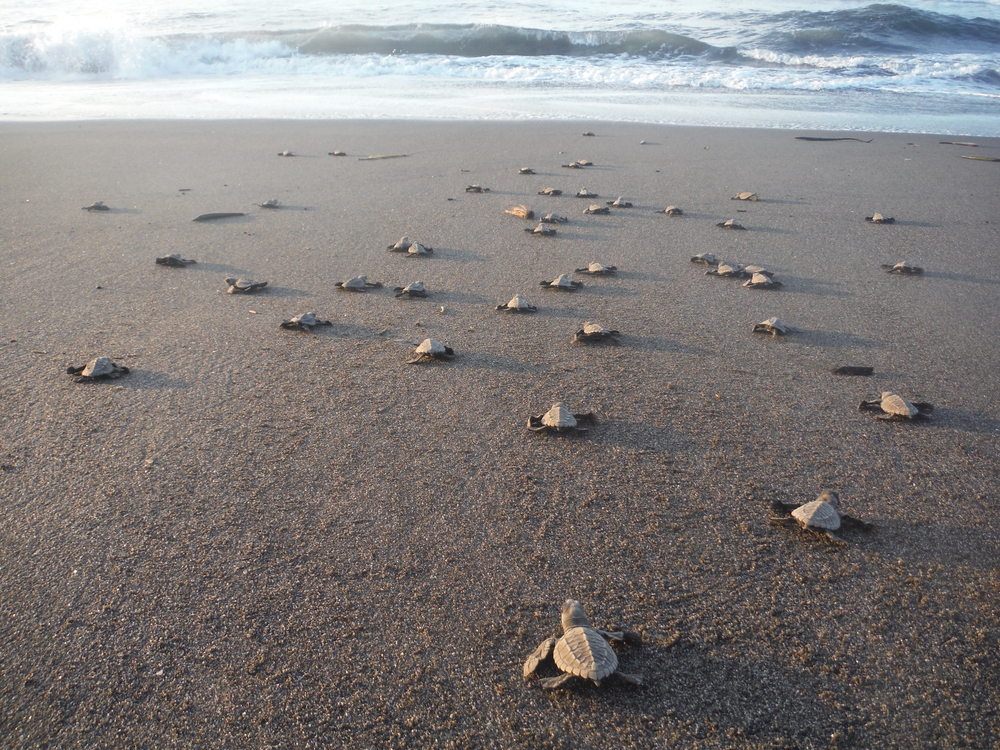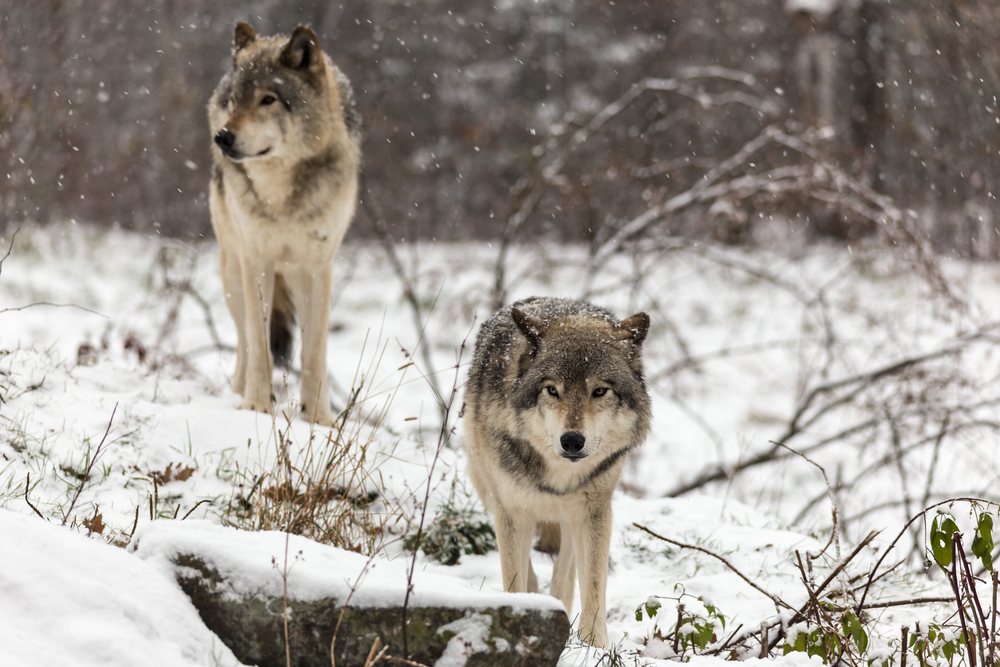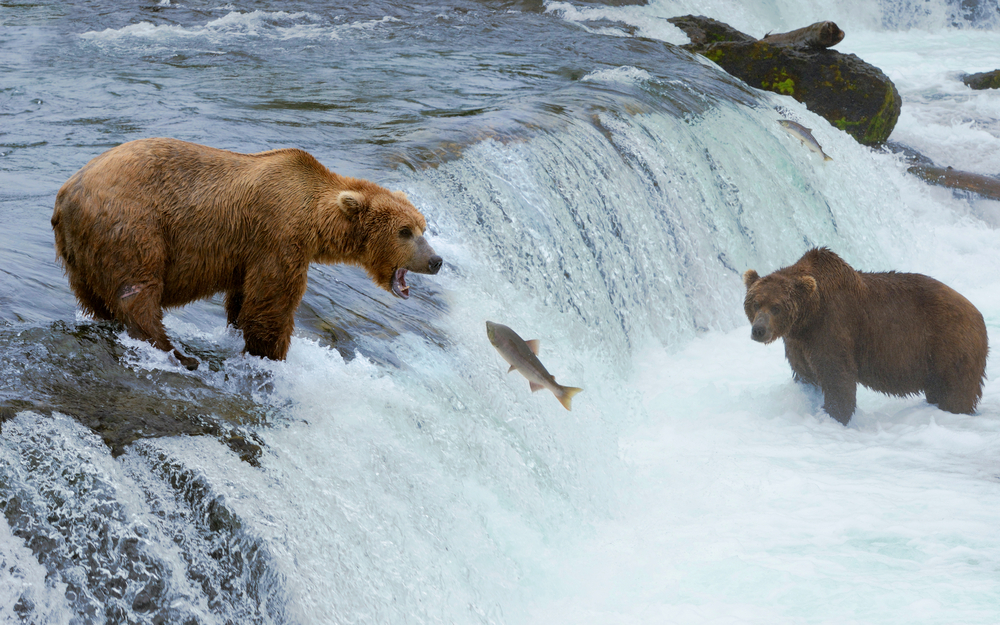Editor’s Note:
We’d like to thank Rob for submitting this incredibly well written and timely piece. You can read more of Rob’s excellent work on his own site https://www.conservatontruths.org/.
“Pseudo-conservation” is a label gaining currency among people concerned with real, science-based conservation. When a real conservationist hears the term, it makes sense; it explains the frustration that many of us feel when we see media stories dealing with conservation issues. In British Columbia, there are non-profit organizations that concentrate on species like wolves or grizzly bears, and some of these groups are quite influential and apparently enjoy a lot of publicity, and very vocal support. They are very good at getting their message into the media. And yet they don’t appear to really be working on conservation as most real conservationists and scientists understand the idea.
So, what’s the difference? How can you contrast a pseudo-conservationist with a real conservationist? Let’s see.
Conservation challenges are massive, no matter where in the world you go. There is a lot that needs to be done. Human activity impacts animal and plant species negatively all over the world. A friend of mine from high school, for example, recently posted some pictures of himself releasing baby sea turtles on the beach in the Osa Peninsula of Costa Rica. Practical, concrete action is easy to do with sea turtles. They are killed by commercial and subsistence fishing, by traditional turtle egg harvesting, and by natural predators. Olive and Pacific Ridley turtles are listed as “vulnerable” by the IUCN. That means they are at high risk of becoming endangered in the wild, which is one step below a classification of “endangered,” when a species is at high risk of extinction in the wild. Green sea turtles are already listed as endangered by the IUCN. Turtles clearly need help.
They live in the ocean but lay eggs on the beach, just over the high tide line. The risks begin immediately. As a kid in Costa Rica, I remember seeing campesinos on horseback, riding along the beach looking for nests, collecting and then selling or consuming the eggs. Furthermore, humans aren’t the only animals that prey on nests. This predation, whether traditional or natural, knocks down numbers right at the start.
If the young turtles survive this, hundreds of them will emerge from each nest to make their way to the ocean. Depending on the tide level, the little turtles will have to cross up to a few hundred yards of open beach. It’s not bad at night, but in the daytime they are subject to intense bird predation. Picture a war movie, where the turtles are soldiers stranded in the open on the beach, and the birds are enemy fighter planes. It’s a tough slog for the baby turtles. Natural, but tough all the same.
Once they make it to the ocean, things improve but only slightly. The ocean is filled with things that eat littler things.
Osa Conservation isn’t unique in how they address the conservation challenge. The math is simple. In a natural setting, without commercial fishing and urban development, turtles evolved successfully by dropping lots of young and banking on a small percentage surviving. The ones that didn’t make it through the life cycle to breed became part of the life cycle of other animals. Human activity distorted the system, which now needs a hand. It was thought that anything that could be done to improve the survival of nesting turtles, turtle egg nests, and baby turtles would increase turtle numbers, and in fact that hypothesis has been proven correct.
Osa Conservation, among other things (they don’t restrict themselves to sea turtle work), monitors and protects nests, educates locals who traditionally harvested eggs about the threats (often recruiting them to help or working out sustainable egg harvest plans), and helps the baby turtles successfully run the beach gauntlet. They even raise money by having tourists pay to participate. These efforts are not unique to Osa Conservation. Conservationists do this work with turtles all around the world. You can release turtles in Mexico, Texas, Florida, Guatemala, Thailand, Indonesia – just about anywhere that turtles nest, they have human conservationists — *real* conservationists — who release babies to increase recruitment.
These groups also raise money, and you can donate right now to Osa, and they can draw a straight line between the money they raise and the concrete difference they make in increasing animal populations.
I’ve picked turtles because, as I said, a buddy recently posted about releasing turtles on Facebook, but real conservationists and real conservation groups working with all sorts of species all around the world are setting similar examples. They can point to people working on the ground with the animals improving population numbers as a direct result of their activities. As Osa Conservation says on their website, “All donations go directly to on-the-ground conservation work in the Osa Peninsula. You can contribute to Osa Conservation’s work on the whole or give a donation directly to a specific project, such as sea turtle conservation, reforestation, large cat research, the green classroom project, or the Térraba-Sierpe wetlands conservation project.”
In contrast, what does a typical “pseudo-conservation” group do? Generally they raise funds for research, education, and advocacy. Whereas real conservation groups can draw direct correlation between their actions and examples of habitat acquisition or improvement or increasing population numbers, pseudo-conservationists cannot. You have to hope that their research is focused on science rather than fundraising, that their education is scientific, and when directed at the public that it is accurate and objective rather than just another emotional fundraising effort. Too often, their advocacy is not focused on conservation issues that require attention and action but rather on simply attracting more funding.
Pseudo-conservationists also concentrate on species that are not so much at risk, but which are better at generating public interest and more donations. Gray wolves, for example, are categorized by the IUCN as a species of least concern. A species can’t make it onto the list and be less threatened than a species of least concern. That’s understandable. Wolves are a robust species and there are plenty of habitat and prey for them, and so they are thriving.
What about the iconic grizzly bear? Again, like the gray wolf, the grizzly is a species listed by the IUCN as one of least concern.
It is true that both species have been extirpated from much of their traditional range, and there are areas where conservation efforts for both grizzlies and gray wolves are important. A conservation group working on grizzly or grey wolf conservation in areas where the bears are threatened could be involved in real, practical, nuts-and-bolts conservation work.
Additionally, even where bears or wolves aren’t threatened with endangerment or extinction, there are multiple opportunities to do conservation work to reduce needless human-animal conflict that results in wildlife death. Education on bear-proofing garbage systems, or how to reduce conflict in residential areas, or how infrastructure improvements can reduce road and railroad wildlife fatalities all require time, energy, and money.
If a conservation group can point to expenditures on education that address these things, one might consider them real conservationists. But if a group cannot show a direct link? They’re probably a pseudo-conservation group interested more in raising money to pay salaries than they are in wildlife. Further, if a group is soliciting donations to help a species that they describe as threatened in an area where the species is actually not threatened, you can equate the misinformation with the status of that group being a “pseudo-conservationist” organization. In BC neither grey wolves nor grizzly bears are threatened on a province-wide basis. Grizzlies are listed by COSEWIC as a Special Concern Species, meaning that in BC they may be sensitive to human interference, but they are not in trouble. Wolves are simply not at risk.
What else are pseudo-conservationists interested in? If it’s not conservation, is it only money?
Not always. Some pseudo-conservationists have no financial stake in the outcome of their advocacy; rather, they are motivated by a desire to engage in social engineering. In blunt terms, they do not like other people liking things that they do not like, much like the old saw “a [conservative/liberal/enter your target name here] is someone who fears that somebody, somewhere, is having a good time.”
In those cases you need to split the pseudo-conservationist’s position into its constituent parts, introduce a conflict, and then ask for a preference. The preferred goal chosen by the pseudo-conservationist will indicate their real objective.
For example, many pseudo-conservationists claim to pursue three goals: science, conservation, and a specific form of social policy. Science, they typically say, can inform policy but not dictate policy. We can introduce conflict by hypothesizing: what if science says hunting is not a threat to conservation? What if science recommends hunting? What if polls indicated public opinion supports hunting? What if conservation goals were achieved by hunting? At that point what does the pseudo-conservationist choose? Science? Conservation? Significant public opinion?
Or a ban on things that they don’t like?
This sort of thinking informed part of the New Democratic Party ban on so-called “trophy” grizzly hunting, but at least the NDP is honest about it. Since science indicates that hunting doesn’t significantly impact grizzly populations, the deck is cleared for either a hunt or a ban. Science informs policy. But social goals suggest banning the hunt. The math is simple. Science says the hunt isn’t a significant factor. The political party brain trust says banning the hunt pays political dividends. Conclusion? Ban the hunt.
Pseudo-conservationists are very professional. They have to be, often because their incomes depend on being effective fundraisers, and at times because their identity depends on winning their point.
There’s nothing really wrong with either position. It takes all kinds to make a world. However, we all owe each other honesty about our motives and identity. It really is immoral to prey upon the public’s ignorance for money, and it is equally immoral to use wildlife to push a social agenda. Wildlife and wild landscapes can’t speak for themselves, and they require our help. If you’re giving money to anyone for wildlife or wild landscapes, or know someone that does, make sure they’re real conservationists, not pseudo-conservationists.
Summary:
Real conservationists:
- concentrate on real problems;
- can draw a straight line between activities, solutions, and results;
- achieve population, diversity, and sustainability results that are measurable and demonstrable;
- choose science and conservation over everything else;
- do not knowingly circulate false information;
- change their position when science dictates that they should.
Pseudo-conservationists:
- concentrate on popular and profitable species;
- cannot show direct links between activities, solutions, and results;
- cannot demonstrate population, diversity, and sustainability results that are measurable;
- will sacrifice science and conservation for their true goals;
- knowingly circulate false information (and do so repeatedly);
- will not change their position when science dictates that they should.
I hope the preceding has been helpful. There are only so many resources to go around, and my desire is to help others direct their limited assistance to the areas and species which are most in need.
MOUNTAIN LIFE IS BROUGHT TO YOU BY OUTDOORSMANS




